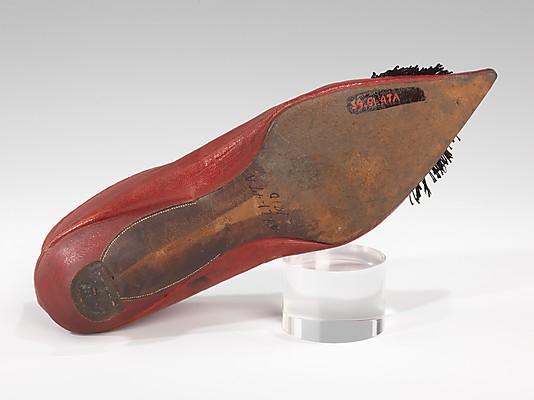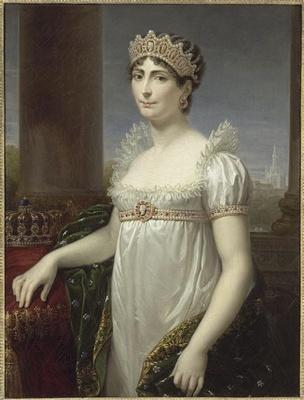Paisley Shawls as Regency Fashion
In Paragon we met Mrs. Foley and Mrs. Dowdeswell with her yellow shawl airing out...
Jane Austen to Cassandra 13, Queen's Square, Friday (May 17, 1799)
How did Paisley become a Regency Fashion?
Although often thought of as a Victorian pattern, the paisley design, which is named for the city of Paisley, in Scotland, is actually quite old, with some scholars even dating it from the Sassanid Dynasty (200–650 AD) in Iran. Of course, it formed a popular part of Regency fashion The modern French words for paisley are boteh and palme, the latter being a reference to the palm tree, which, along with the pine and the cypress, is one of the traditional botanical motifs thought to have influenced the shape of the paisley element as it is now known.

Imports to England by the East India Company in the first half of the 17th century made paisley and other Indian patterns popular, and the Company was unable to import enough to meet the demand. Local manufacturers in Marseilles began to mass-produce the patterns via early textile printing processes in 1640. England (1670), and Holland, (1678), soon followed. This, in turn, provided Europe's weavers with more competition than they could bear, and the production and import of printed paisley was forbidden in France by royal decree from 1686 to 1759. However, enforcement near the end of that period was lax, and France had its own printed textile manufacturing industry in place as early at 1746 in some locales. Paisley was not the only design produced by French textile printers; the demand for paisley which created the industry there also made possible production of native patterns such as toile de Jouy.
In the 19th Century, European production of paisley increased, particularly in the Scottish town from which the pattern takes its modern name. Soldiers returning from the colonies brought home cashmere wool shawls from India, and the East India Company imported more. The design was copied from the costly silk and wool Kashmir shawls and adapted first for use on handlooms, and, after 1820,on Jacquard looms. Imported cashmere shawls were not only worn for warmth, they were even cut and made into gowns, as this example from the Victoria and Albert museum shows.  From roughly 1800 to 1850, the weavers of the town of Paisley in Renfrewshire, Scotland, became the foremost producers of these shawls. Unique additions to their handlooms and Jacquard looms permitted them to work in five colors when most weavers were producing paisley using only two.The design became known as the Paisley pattern. Regency fashions, like those shown here, often featured a border print along the edge of the shawl rather than an overall Paisley pattern. By 1860, Paisley could produce shawls with fifteen colors, which was still only a quarter of the colors in the multi-color paisleys then still being imported from Kashmir.
From roughly 1800 to 1850, the weavers of the town of Paisley in Renfrewshire, Scotland, became the foremost producers of these shawls. Unique additions to their handlooms and Jacquard looms permitted them to work in five colors when most weavers were producing paisley using only two.The design became known as the Paisley pattern. Regency fashions, like those shown here, often featured a border print along the edge of the shawl rather than an overall Paisley pattern. By 1860, Paisley could produce shawls with fifteen colors, which was still only a quarter of the colors in the multi-color paisleys then still being imported from Kashmir.
In addition to the loom-woven fabric, Paisley became a major site for the manufacture of printed cotton and wool in the 19th Century, according to the Scotland's Paisley Museum and Art Gallery.The paisley pattern was being printed, rather than woven, onto other textiles, including cotton squares which were the precursors of the modern bandanna. Being able to purchase printed paisley rather than woven paisley brought the price of the costly pattern down and added to its popularity. The key places of manufacture for printed paisley were Britain and the Alsace region of France. The paisley design, sometimes referred to as "The Persian Pickle" (American quiltmakers) or Welsh pears" (Welsh textiles, as far back as 1888) design is here to stay. It can be found on note cards and textiles, wallpaper and more.
Enjoyed this article? If you don't want to miss a beat when it comes to Jane Austen, make sure you are signed up to the Jane Austen newsletter for exclusive updates and discounts from our Online Gift Shop.




Leave a comment
This site is protected by hCaptcha and the hCaptcha Privacy Policy and Terms of Service apply.